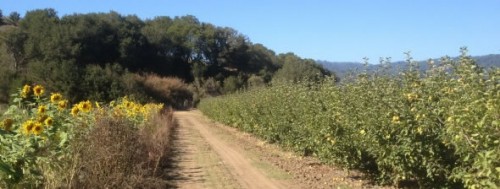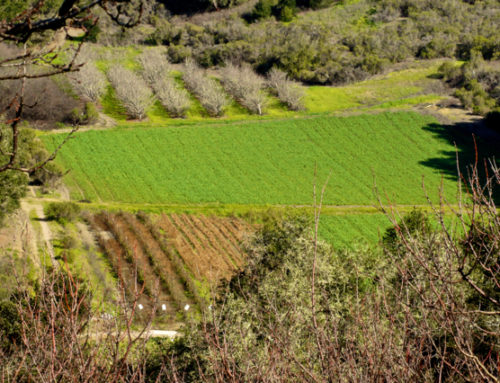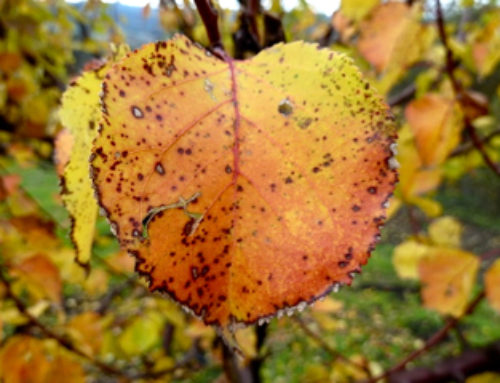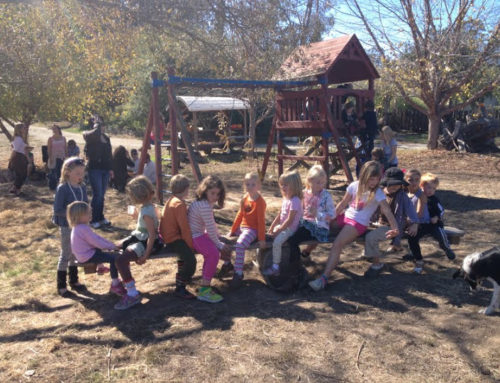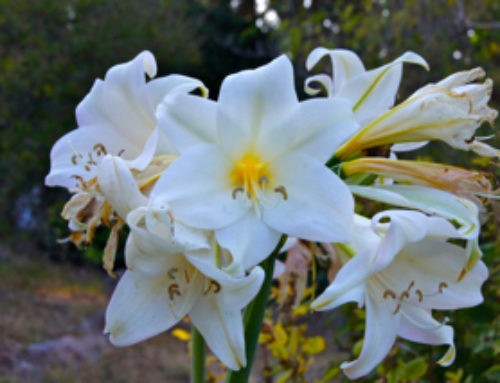 We are now officially in our last week of Summer. September 21st marks the Autumn Equinox, and the beginning of fall. It is an odd time of seasonal overlap; we are reaching the peak of the Summer season harvest-wise, yet the foliage on plum trees and native poison oak is changing to red, the daily number of eggs collected are dropping and pumpkins are turning orange. Everyone working on the farm has turned into an “acrobat” juggling a larger number of tasks than usual. Nothing is more telling of this seasonal transition, however, than when we are fully immersed in our apple harvest. Trees hang heavy with beautiful green, yellow, orange, and red, apples. Gala’s are at their peak of ripeness. Harvest bins line the orchard floor, some empty, others filled to the brim. Filled bins are hauled out – some get sorted and washed for immediate use, while others go into cold storage to be sorted and processed later.
We are now officially in our last week of Summer. September 21st marks the Autumn Equinox, and the beginning of fall. It is an odd time of seasonal overlap; we are reaching the peak of the Summer season harvest-wise, yet the foliage on plum trees and native poison oak is changing to red, the daily number of eggs collected are dropping and pumpkins are turning orange. Everyone working on the farm has turned into an “acrobat” juggling a larger number of tasks than usual. Nothing is more telling of this seasonal transition, however, than when we are fully immersed in our apple harvest. Trees hang heavy with beautiful green, yellow, orange, and red, apples. Gala’s are at their peak of ripeness. Harvest bins line the orchard floor, some empty, others filled to the brim. Filled bins are hauled out – some get sorted and washed for immediate use, while others go into cold storage to be sorted and processed later.
Everyone visiting the farm loves the experience of picking and eating apples directly from the trees or using the farm’s cider press to crush and press the freshly harvested apples into delicious sweet cider. Few experiences are more satisfying to me than biting into a fully tree-ripened apple; it is yet another pleasure of experiencing our relationship with the nourishing cycle of nature. If you’re not a farmer though, you probably are not aware of what all goes into producing that sweet, crisp fruit. An apple orchard needs year-round attention, and the perennial cycle is very different from the annual, season-focused vegetable crops we grow. Apples lean heavily on human help and it takes a lot of devotion, from winter pruning through post-harvest cleanup in late Fall.
Apples thrive in our climate. One wouldn’t think by driving through the Pajaro Valley that this was once one of the largest apple growing districts in the country. Most of the apple orchards have been pushed over by bulldozers, replaced by the more lucrative berry, vegetable and flower crops. The predominant variety then was the Newtown Pippin, a variety originally from New York, introduced by settlers in the 1850s. Today it is still the trademark apple in Martinelli’s popular apple juice, processed here in Watsonville, and probably the reason why Newton Pippins are still grown commercially in this area.
 Here on the farm we grow approximately 7 acres of apples, mostly Fuji, Gala, Sommerfeld and a few Newton Pippins. Starting in winter, the dormant season, trees first have to be pruned, and then sprayed with oils or sulphur before and after budbreak to fend of insect and fungal diseases. Pheromone wires have to be tied to the trees at a precise time in the spring to confuse the mating cycle of codling moths which will greatly reduce worms from hatching and burrowing into the apples. Once the soil dries the orchard needs to be cultivated, both to control weed competition and trap valuable winter moisture in the ground. In April, beehives are brought in to ensure good pollination and after a successful fruit set, the entire months of May and part of June is spent hand thinning trees to ensure fruit will develop into a marketable size. The first seasonal watering happens sometime in June and propping up branches to support the increasing weight load of the fruit is critical during the early summer months.
Here on the farm we grow approximately 7 acres of apples, mostly Fuji, Gala, Sommerfeld and a few Newton Pippins. Starting in winter, the dormant season, trees first have to be pruned, and then sprayed with oils or sulphur before and after budbreak to fend of insect and fungal diseases. Pheromone wires have to be tied to the trees at a precise time in the spring to confuse the mating cycle of codling moths which will greatly reduce worms from hatching and burrowing into the apples. Once the soil dries the orchard needs to be cultivated, both to control weed competition and trap valuable winter moisture in the ground. In April, beehives are brought in to ensure good pollination and after a successful fruit set, the entire months of May and part of June is spent hand thinning trees to ensure fruit will develop into a marketable size. The first seasonal watering happens sometime in June and propping up branches to support the increasing weight load of the fruit is critical during the early summer months.
Then it’s time to prepare for harvest: bins needs to be placed among the trees in the orchard rows, and from early September until late October we hope to be rewarded with a high percentage of beautiful fruit. As soon as the fruit is harvested and windfalls are picked off the ground, it’s a race against time to prepare the orchard for the wet winter months ahead, spreading lime, gypsum and compost, collecting the propping stakes and tying them to the trees, and sowing a cover crop of barley and vetch.
For a brief while longer we can ignore all the early Halloween merchandise and enjoy our summer treats as nature changes into her colorful autumn dress. On the farm, a stand of blooming sunflowers are tilting their giant heads towards a row of yet-to-be-picked Newton Pippins, as if anticipating the seasonal change. The energy in plants is starting to move toward the roots and seeds, and leaves are falling as their life forces go within. By eating with the seasons, we participate in this journey with all other living organisms we share this planet with. Happy Fall Equinox to all of You!


